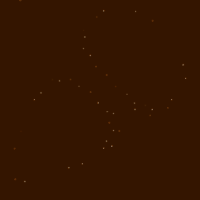
Fractals are patterns that have self-similarity, which means the look the same close up as they do far away. They are a mathematical set that have a fractal dimension, a ratio that provides a statistical index of the complexity of comparing how detail in a pattern changes with the scale of which it was measured, and may fall in the integers. Fractals have mathematical equations that are usually not differentiable they are also a type of recursive equation. This means that they cannot be measured in typical ways. The term fractal was first used by the mathematician Benoit Mandelbrot during the year of 1975; it is based off the Latin word fractus meaning broken of fractured. Fractals are also considered a hidden dimension due to its nature.

Benoit Mandelbrot was the first mathematician to study fractals in depth but the original idea of them goes back to the 17th century. He wrote the first book about fractals and studied them his entire life. People had seen fractal designs all throughout nature but they couldn’t understand the concept behind them even though they saw them right in front of their own eyes. Gaston Julia was the first mathematician to start to use recursive equations to define a fractal. This fractal later became known as the Julia set. The discovery of this led Mandelbrot to create his own Fractal set. Fractals are now used in the study of Nature, science, and medicine.
